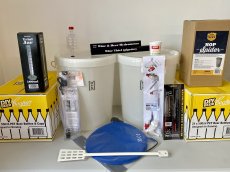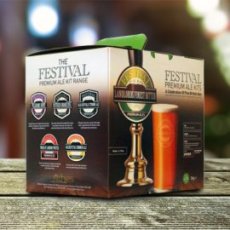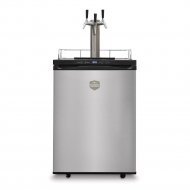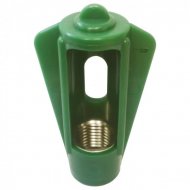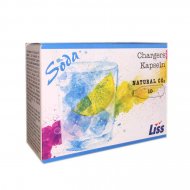How to use a co2 gas cylinder for beer
How to pressurise barrels using a home brew CO2 cylinder
The mechanics of pressurising your barrel using a home brew co2 gas cylinder for beer is a simple process. 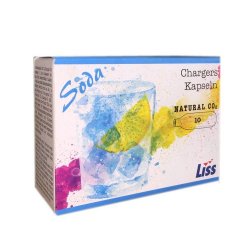
However, some minor issues can catch you out if you are unaware of them.
Using 8g CO2 bulbs is the most straight forward method, providing you have the right equipment. But it is also the most wasteful.
Even if you plan the use of CO2 well, you can not re-use the aluminium bulbs, and they end up in landfill sites. The large S30 co2 cylinders, if used well, are still easy to use and far less wasteful. Empty S30 co2 beer gas cylinders are exchangeable for full ones for a reduced price from BrewMart.
CO2 Bulbs 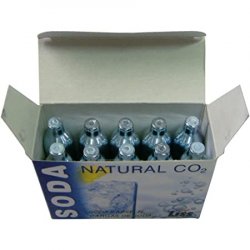
Using CO2 bulbs is easy. Place the bulb in the bulb holder. Ensuring the thin bulb neck is pointing down through the bulb holders thread.
Screw the holder on to the barrel valve, ensuring the bulb's neck is in line with the piercing pin in the valve.
Keep screwing down the bulb holder until the valves pin pierces the bulb.
I like to keep my hand over the bulb holder until the pressure is released. I have heard of a few hairy instances of flying bulbs at this stage — all when using bulb holders with plastic threads. 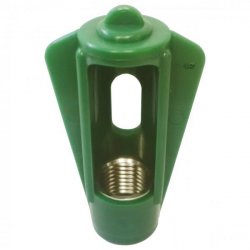
AVOID BULB HOLDERS WITH PLASTIC THREADS!
When using 8g bulbs, be sure to use bulb holders with stainless steel threads. The stainless steel threads help prevent the bulb and bulb holder from blowing off, potentially causing injury during re-pressurisation.
AVOID RE-PRESSURISING TOO EARLY
When re-pressurising home brew with CO2 bulbs, there can be a temptation to re-pressurise early.
There is no harm in this. However, you will be wasting CO2. Any excess CO2 is released through the pressure relief outlet in the valve.
Refillable Home Brew CO2 Gas Cylinders from BrewMart

Using home brew S30 co2 gas cylinders is also easy. Screw the cylinder on to the barrel valve until you feel some resistance. Place your spare hand around the neck of the barrel valve and slowly proceed to twist the cylinder until you hear the hiss of the gas releasing into the barrel.
CO2
When the barrel is pressurised, the gas will escape from the S30 valve on to your spare hand. When you feel the cold blast of gas escaping, unscrew the CO2 beer gas cylinder to stop pressurising.
Many people prefer the homebrew co2 cylinders as they are much more flexible and better value for money. However, a couple of things can catch you out when you are new to using cylinders.
These are;
1) Icing - When you store CO2 under pressure, it wants to become a liquid. Turning to liquid can only happen at low temperatures; therefore, pressurised CO2 has to reject heat to be stored under pressure as a liquid. This means that the CO2 released from the cylinder is below freezing. When releasing the CO2, the low temperature of the released CO2 can cause the cylinder S30 valve to ice up. Icing up can stop the valve from sealing properly and cause the loss of CO2.
2) Stuck pin - A stuck pin can be caused by icing or the pin shifting, so it doesn't seat properly.
When using an S30 co2 gas cylinder, we recommend having a mug of boiling water and a small hammer to hand. It is advisable to always check the seating of the valve by placing it in the boiling water. If there are bubbles released constantly, then the valve has not seated. If the S30 valve is frozen, the heat of the boiling water will resolve the issue.
Otherwise, the valve may need a firm tap on the edge of the work surface or with the hammer. Check again in the water and repeat until the S30 valve closes properly.
Check out all Brew Mart's home brew hints & tips

